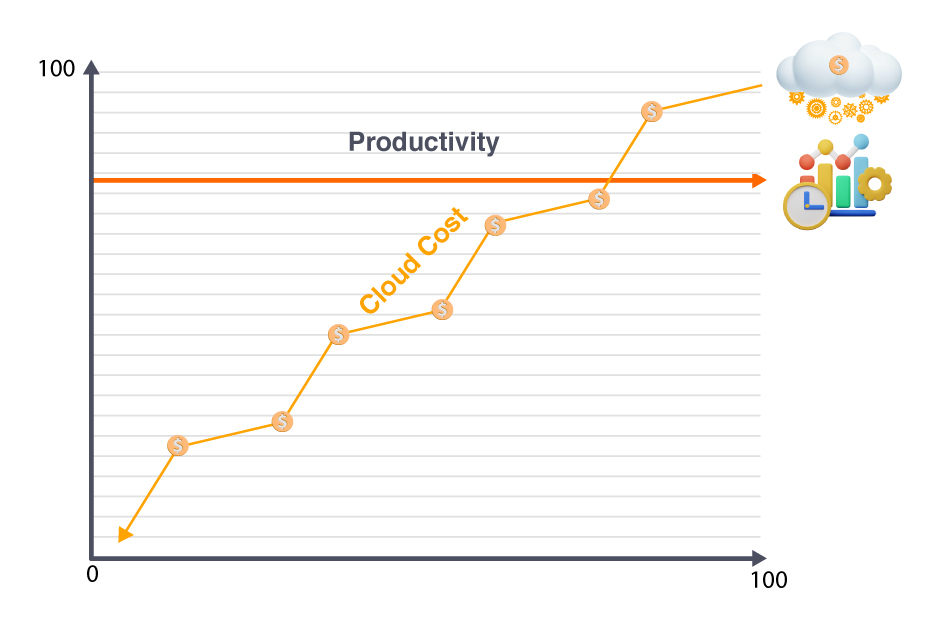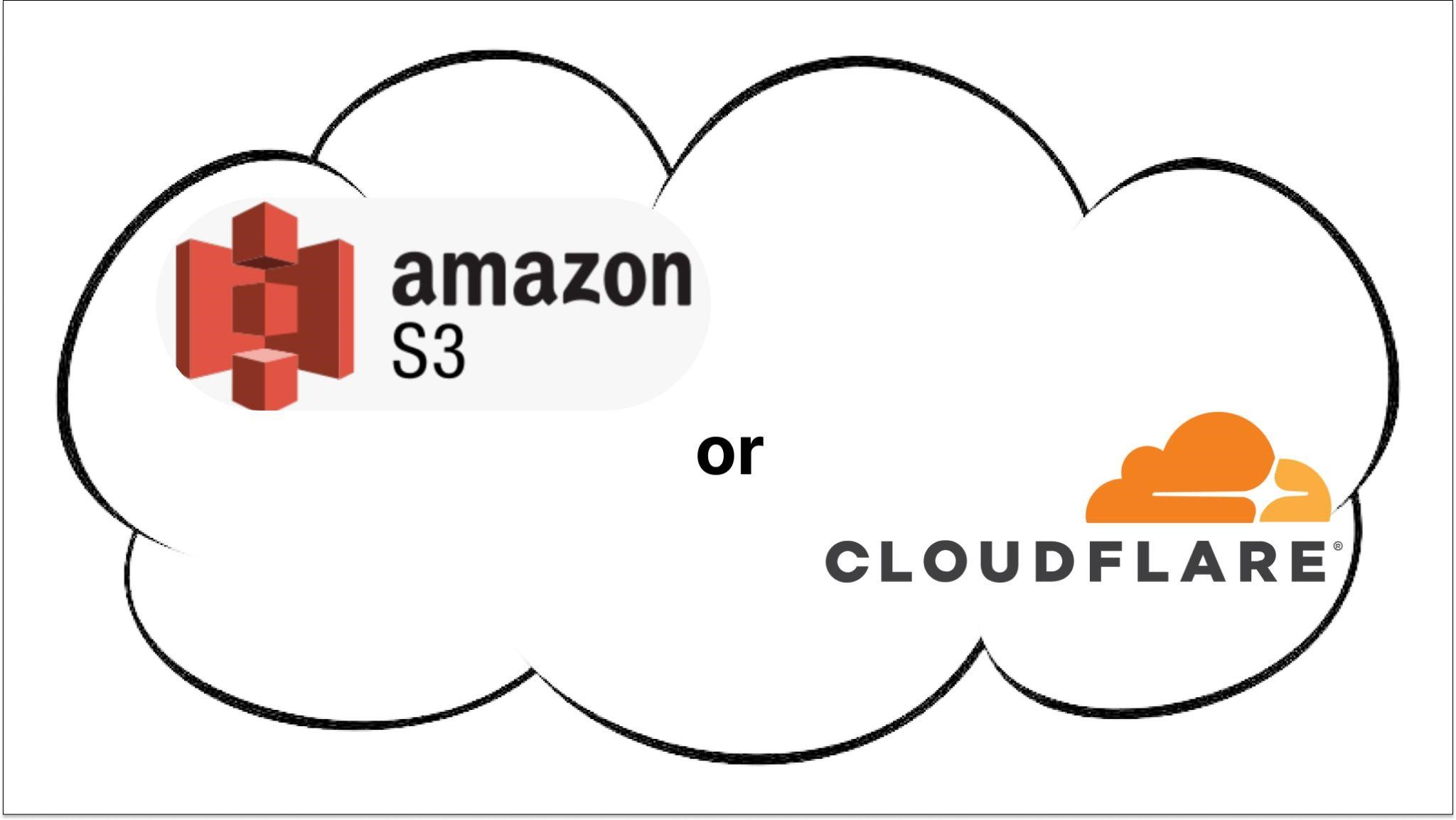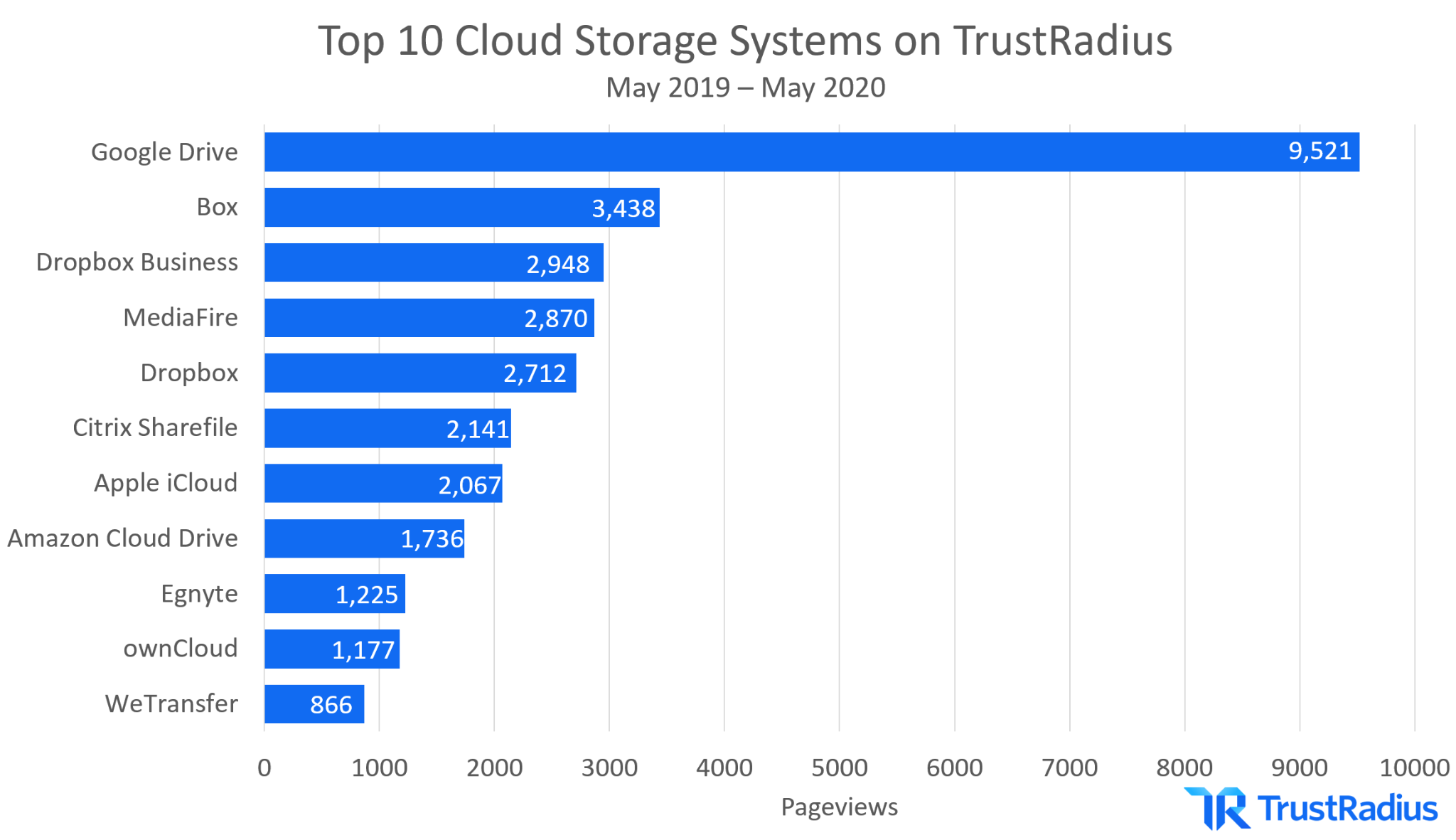
The cloud storage cost of migrating to the cloud often looks lucrative, but the problem starts once businesses figure out the expenses of staying on the cloud. Such is the situation for businesses that still need an optimization plan for their cloud services and therefore end up paying multiple times the required budget. An optimization plan can reduce your expenditure and make a proper resource allocation to derive the maximum benefit from your budget.
Why is Cloud Cost optimization? Do I need it?
Cloud storage cost optimization refers to a set of adjustments in your cloud tool suite for providing the same or greater value at the minimum possible cost. The primary goal of any optimization is to maximize the benefit of a product or service for the same budget. It is often misinterpreted as budget cutting, which is done to reduce costs.
For example, if a company needs infrequent access to its archived data. Then using an AWS S3 Intelligent Tier makes much more sense than the S3 Standard Tier, which is more suited for general-purpose data storage. The S3 Intelligent Tier costs 83% less than the S3 Standard Tier.

The need for cloud storage cost optimization doesn’t arise from tight financial conditions but from the fact that the same money can give your business a much greater return on investment. Unnecessary expenditure can often prove fatal for a business, especially during tough financial conditions.
Cloud Cost Optimization without Affecting Operational Productivity
Cloud Optimization is easier than it actually looks. However, it also depends on how better you understand your business. The better you understand your cloud needs, the more price-effective would be your cloud experience.
- The first activity is to understand your pricing and billing patterns. List the highest expenditures first and try to find their impact on your business. Then see whether better alternatives are available for the same pricing for the high-priority tools. Or cheaper alternatives for the same effectiveness. The aim is to benefit from the budget and not cost-cutting.
- Repeat the above procedures for all services that are billed.
- Set monthly or yearly budgets according to your needs. A content delivery service needs greater allocation towards security such as Cloudflare. Similarly, an archival solution needs security first, and hence storage solutions like S3 are preferred.

- A critical aspect here is to check whether your needs are elastic or rigid in nature. Are you frequently using all the services that you buy?
- This leads to the next step of identifying Idle Resources. These resources need to be eliminated first. If your payment comes as Bank Cheques, there is no need for an eCommerce-grade integrated payment solution like Stripe.
- Check whether your services are scalable. Most businesses need to upscale their operations during busy seasons. If you are working on a solution that only gets 100% utilized in a peak month, find monthly plans that are upgradable for a temporary period.
- Use an automated scaling solution to make sure that you are paying only for the services that you use. Most cloud service providers have an inbuilt solution.

How to gauge the effectiveness of Cloud Cost Optimization?
Analyzing the result of your optimization process is equally as important as the optimization exercise. As each business has its own separate need, the key performance indicators are different for each of them. Some of them can be evaluated within a few days of optimization, while others need a slightly longer time period.
- Monthly Cost is the greatest indicator of cost optimization. But the cost need not be a deciding factor either. Suppose after your optimization, you gain 15% additional performance with the same budget. Then such an outcome is also very desirable.
- Forecasted Expenditure. Several times the forecasted expenditure can be a lot greater than previous forecasts. This is specific to businesses with a seasonal trend. You should not end up paying more during your peak businesses than currently. Further, the yearly costs must reduce.
- The number of Non-utilized Instances. This number should effectively decline after an optimization. Greater un-utilized resources would mean a waste of funds.
- Consumer Feedback. Finally, there should be no negative feedback that is consistent just after the end of cost optimization. Any such situation must be dealt with swiftly to retain productivity levels.
Conclusion
Cloud services are essential for businesses with everyone’s growing digital presence. But often, arbitrary execution leads to a situation where cloud services are more expensive than they should be, thus affecting profitability. To get the most cost-effective optimization, businesses should focus on cloud optimization services that do not hamper their productivity and monitor it constantly using key performance indicators.




